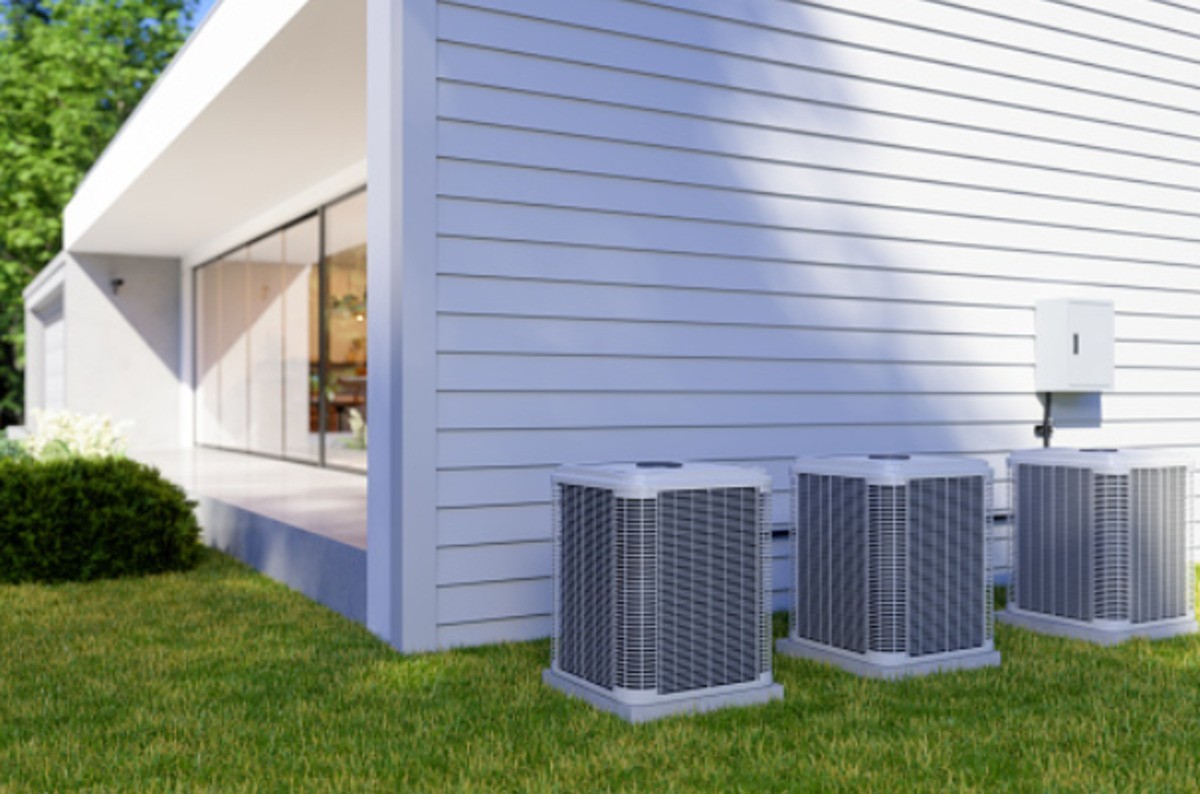Natural Ventilation for Your Building

With sustainability becoming a highly regarded construction trend, many building designers find creative and practical ways to incorporate efficiency in their designs. One of the primary objectives of the green initiative is to reduce our reliance on artificial devices that mimic our natural resources, such as HVAC systems.
Although these systems significantly increased our quality of living, you need to reinforce or replace your existing air system with a more efficient choice, such as natural ventilation, if you want your building to become more sustainable. Read below to understand better the benefits and importance of natural ventilation to your commercial space.
What is Natural Ventilation
Natural ventilation refers to the outdoor wind and thermal buoyancy that helps pull fresh air inside and dispel the unclean indoor air through a special opening in your roofing. It is an efficient and proven method of allowing natural air circulation inside your building to reduce your monthly heating and cooling costs.
Open-air cooling systems are also ideal for other applications, including:
-
Schools
-
Hospitals and other healthcare facilities
-
Supermarkets
-
Office buildings
-
Industrial warehouses
Applying the natural ventilation method also costs less than mechanical air conditioning systems. In addition, using this technique also helps you earn Leadership in Energy and Environmental Design (LEED) points, which is the standard rating system for green buildings worldwide. Gaining LEED certification can enhance your building’s image and establish you as an advocate of sustainability.
Types of Natural Ventilation
Although natural ventilation seems like a straightforward process, there are primarily three types of ventilation systems that you can apply depending on your building’s specifications. Here are the three types of natural ventilation for your reference:
-
Wind-Based Ventilation (Cross-Ventilation): External winds surrounding a building produce low- and high-pressure sections that you can use. Strategically place air openings near the low- and high-pressure areas to direct outside air to travel in and out of the space at an increased rate. It is an inexpensive alternative to your HVAC system, but it is not ideal for dusty areas.
-
Buoyancy-Driven Ventilation (The Stack Effect): Buoyancy-powered ventilation may seem somewhat complicated, but it works like a fireplace where warm air shoots up as colder air remains low. In high-rise buildings, the rise of warm air allows air to travel throughout the occupied space.
-
Hybrid Ventilation: Using natural ventilation in conjunction with your existing HVAC system and insulated wall access doors is ideal for maintaining comfort throughout your commercial space. The combined method offers the best solution, as you can also use each alternatively to reduce operational costs and improve indoor air quality.
Benefits of Natural Ventilation
Applying the natural ventilation method to your commercial space offers additional benefits than reduced energy costs and improved indoor air conditions. Studies suggest that the thermal comfort status of natural ventilation properties is higher than those using air conditioning systems.
Here are the other advantages of using the natural ventilation method:
-
Improved Indoor Environment Quality: One of the most notable disadvantages of having an HVAC system is that you need to ensure to seal all gaps, which includes windows. However, if you employ the natural ventilation system, you can give your employees freedom to open the windows and allow natural air and illumination.
-
Reduced Operational Cost: Many commercial buildings use large HVAC equipment to ventilate and distribute conditioned air throughout the interior space mechanically. These systems usually require several components to operate successfully, and these parts account for roughly 30% of the total cost of a new building.
-
Attractive Architecture: Automated natural ventilation doesn’t require unsightly pipes and ductwork, giving additional design space. It also doesn’t need suspended ceilings which means you can increase ceiling height. Finally, the natural method allows transparency and daylight through windows and other openings in your building.
-
Lower Carbon Emission: Buildings account for approximately 40% of total energy consumption. If you employ the natural ventilation method, it will eventually lead to low energy consumption and C02 emissions. You can save 24-71% emissions compared to mechanical ventilation.
-
Reduced Maintenance and Replacement Costs: Commercial buildings that use HVAC systems require additional routine maintenance expenses. For instance, a mechanically ventilated building needs to allot time and money for repair and replacement within 5-10 years. At the same time, natural ventilation requires little to no maintenance.
Fewer and less expensive materials and installation work are contributing factors that make natural ventilation a top choice for businesses that want to be sustainable. Building life cycle costs such as capital, operating, and maintenance are five times lower than those using mechanical ventilation.
The Bottomline
Although mechanical HVAC systems offer considerable advantages for ventilation and temperature control, natural ventilation is the most fitting solution for enhancing your building’s energy performance and reducing overall costs.
In general, the advantages of open-air ventilation mainly depend on the type of commercial building and its location. Though the system has its disadvantages, establishments that employed this method achieved significant improvements in air quality using natural energy.



